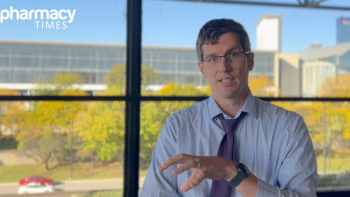
HIV Drug Costs Create Challenges for Patients on Medicare
HIV drug prices rose 34% between 2012 and 2018 and continue to climb, which experts say is a huge issue.
While Medicare shoulders a large share of the cost of drugs for Americans aged 65 or older as well as those who have disabilities, the enormous expense of HIV drugs—including antiretroviral therapy (ART) and preexposure prophylaxis (PrEP)—means that Medicare recipients living with HIV may still have a tough time affording these medications.
A team of investigators from the University of Hawaii in Honolulu, Massachusetts General Hospital in Boston, and other institutions published an analysis in JAMA Network Open of formulary and pricing files for 3326 individual first-quarter 2019 Medicare Part D plans from across the country. They found that the median annual retail cost of ART was $35,780, with patients expected to pay out of pocket as much as $4350. For PrEP, the median annual retail cost was $20,570, with patients responsible for $2990. Taxpayer-financed Medicare paid the greatest percentage of drug costs, anywhere from half to two thirds; if patients were eligible for low-income subsidies, Medicare might cover about 76% of ART expenses and 65% of PrEP expenses.
HIV drug prices rose 34% between 2012 and 2018 and continue to climb, which experts say is a huge issue.
“These drugs are life saving and should be just as affordable as medications to treat blood pressure or prevent heart disease,” study co-author Chien-Wen Tseng, MD, MS, MPH, a professor in the Department of Family Medicine and Community Health at John A. Burns School of Medicine, University of Hawaii, told Contagion®. “The problem is that these drugs have extraordinarily high prices—$20,000 to $40,000 per year—and patients pay a percentage of the drug price instead of a fixed-dollar copayment. So people get hit with a $500 copayment instead of $25 to fill a prescription.”
Newsletter
Stay informed on drug updates, treatment guidelines, and pharmacy practice trends—subscribe to Pharmacy Times for weekly clinical insights.























































































































































































































